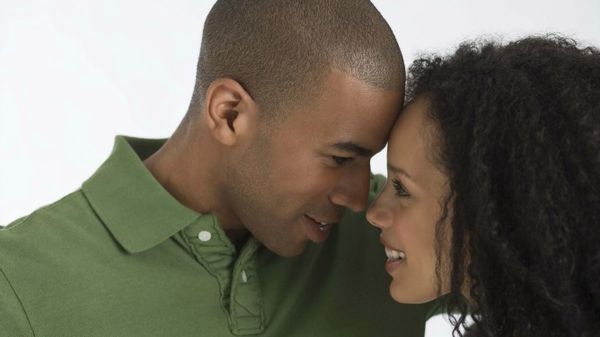The 1989 movie "When Harry Met Sally…" features several elderly couples speaking to a documentary filmmaker about how they fell in love. These couples seemed to know instantly that they were meant to be together forever, though for some of them, there were a few challenges (and other partners) to overcome. That immediacy was not how it worked for Harry and Sally; the meeting referenced in the film's title wasn't filled with fireworks or long romantic gazes. Neither party walked into a room, spotted the other one and was overcome by certainty that he or she was the one.
For Harry and Sally, it was a long path to romance, which makes them a rarity among Hollywood soul mates. How many movies have you seen where a glimpse across the room is enough to convince a protagonist that the search for love is over? Sometimes, such a scene can seem insane -- how can he be in love with someone he hasn't even spoken to? How can she be so dumb to mistake that feeling for anything else but lust? But the feeling of love at first sight isn't limited to film, because there are plenty of couples who claim to have experienced the sensation in real life as well.
Advertisement
Hollywood directors aren't the only ones who have grappled with whether love at first sight is possible. Neuroscientists, anthropologists and evolutionary biologists have also explored the question, and we'll focus on their work in this article. Read on to find out what fruit flies and blind people can teach us about love.



